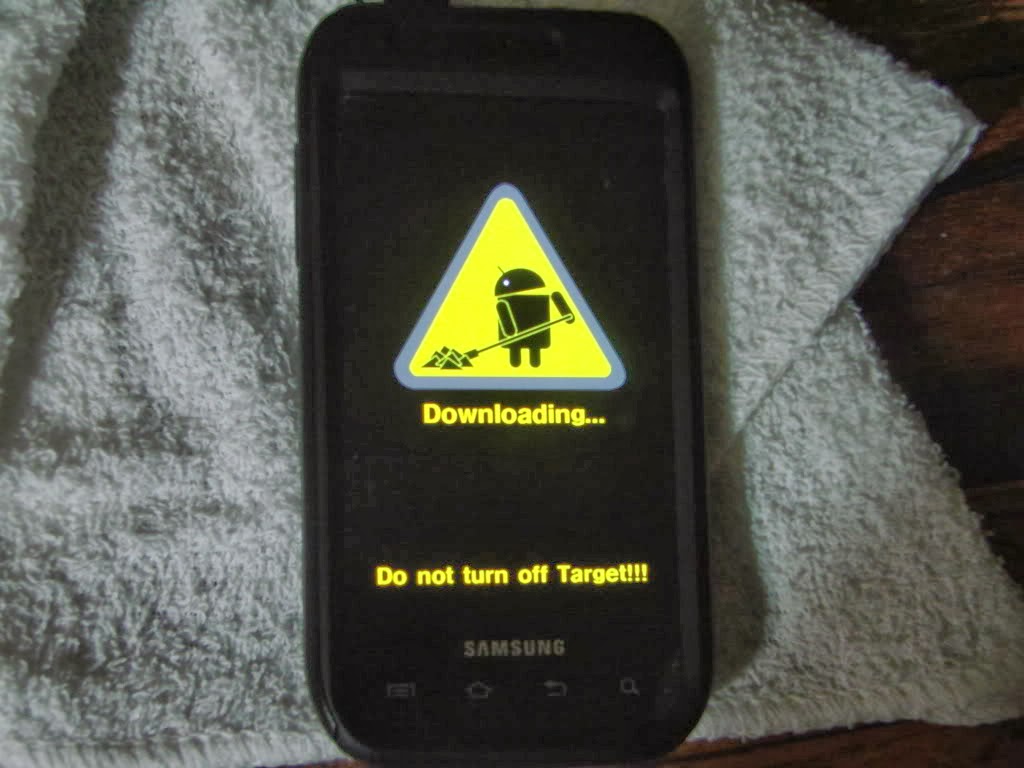As always, the latest OnePlus 7 series OxygenOS 12 H.38 update is rolling out in a phased manner. However, you can manually update your device anytime with the above-mentioned method. We’ll also send a link to a torent file of the app for flashing the OnePlus 7 Pro firmware and the supplementary instructions. The YouTube channel TechiBee has shared alleged screenshots of a OnePlus 7 Pro running on Android 11. He claims that this is a closed beta build but we are not so sure. We have a dedicated Android 11 tracker here to keep tabs on all the progress going into making this new version of Android available to eligible devices. Unfortunately, we won’t see the Ambient display (or Always on Display) and the new Google discover.
- While the download link for officially supported devices is mentioned below, some of these ROMs may have an unofficial port available for other devices as well.
- Android Flashing means removing the stock firmware from the Android device and replacing it with the same version or any other version.
- The command should return your phone’s unique identifier (ID).
- Similar to AOSP Extended, crDroid has an active development team and supports some of the old devices like Redmi Note 5 Pro, Poco F1, and more.
The -j 4 part means that there will be four simultaneous threads/connections. If you experience problems syncing, you can lower this firmware to -j 3 or -j 2. On the other hand, -c will ask repo to pull in only the current branch instead of all branches that are available on GitHub. The ~/bin directory will contain the git-repo tool (commonly named “repo”) and the ~/android/lineage directory will contain the source code of LineageOS.

As expected, Google’s own Pixel devices already run this version of Android and if you’re lucky, your device already has a ‘semi-stable’ build of Android 11 courtesy of the developer community. This will require you to connect your device to a computer and do it. The USB debugging should be enabled on your OnePlus 7 and 7 Pro.
If you have TWRP installed, then the easiest way to manually install the latest software update on your Xiaomi Mi A3 is by flashing the OTA package/Recovery ROM through it. You can further flash the TWRP installer and Magisk ZIP files to preserve both of them after the update. The stock recovery includes two different options for installing OTA updates – (1) Via the external SD card or (2) via ADB Sideload. The former is the easiest and doesn’t require a PC at all, however, it will only work if you have an external SD card installed on your phone. If you have it, then use the “Apply update from SD card” option of the recovery menu as shown in this guide. You will need to download the update file depending upon the installation method you choose.

